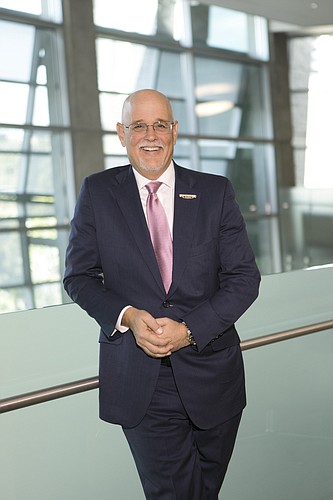- December 18, 2025
-
-
Loading

Loading

Though some see the restaurant business as an entry level job, Don Fox has made it a 44-year career. Starting as a dishwasher at a small local New Jersey restaurant called the Godfather when he was 16, Fox says he put his head down and worked hard “because you never know how that might benefit you.”
He leveraged that experience to work his way up at Six Flags amusement parks. Then he embarked on a 23-year career with Burger King, at the time the second-largest chain in the world. In 2003, Fox joined Firehouse Subs, a 65-unit sub shop founded by two firefighters in Jacksonville.